Patrick McKemey on the lost joys of the desktop internet.
When Brian Eno, former Roxy Music synthesist and pioneer of ambient music, was approached by Microsoft to create the start up sound for Windows 95, it relieved his own personal creative block. He then became consumed by making musical microscapes inspired by the new 3.25-second format. The final piece for Microsoft is redolent of a sentence fragment, but it was more than that; an in-take of breath, a porchway before entering the desktop computer’s world. That ditty’s ugly sibling, the sound of the dial-up internet, is as fondly memorialized in the museum of YouTube and served the exact same purpose; a moment of ceremony that separated the “real” world from the digital.
The first iteration of the public-facing web ranges from about the mid-90s to—I’ll stick my neck out here—precisely 2010, and was built around the desktop experience. The desktop experience was an even more sedentary successor to watching television. The new ‘alien life form’, as David Bowie once called the internet, was correctly predicted to fundamentally change our lives, and incited a new wave of mysticism with the Millennium bug panic. Cyber cafes, university computer clusters and home PC bundles were the Martian tripods that cratered the landscape, and now occupy a historical aesthetic other than our own.
That home desktop computer aesthetic is perfectly captured in Greta Gerwig’s Lady Bird (2017), which takes place in 2003. Gerwig depicts a shared PC area of the home, generating traffic jams of family users—this is why we have computer shut off time, this is our room. In the early 2000s, being “online” was still subject to our physical topography. Surely, even for the most notification-addicted smartphone fiend, the gate-kept internet of the desktop meant catching up on juicier dopamine dumps when you finally made it online? It was unwieldy, too, Pentium PC monitor, printer, external webcam and plug-n-play speakers with a side saddle subwoofer.
Surely, even for the most notification-addicted smartphone fiend, the gate-kept internet of the desktop meant catching up on juicier dopamine dumps when you finally made it online?
Perhaps this was just a transitional era and a clumsier prototype of what the internet was always going to be. In retrospect, we can see desktop experiences were forerunners for mobile apps. MSN Messenger brought the teenage mall experience into the bedroom, an antecedent to the original mobile-first, BBM (BlackBerry Messenger), and WhatsApp today. A rumor that girls from another school were printing off MSN conversations for reference sent shockwaves down my school bus, and was a cautionary note to the eternal memory of today’s internet communications.
The original keyboard-orientated, interrogative courtship of OkCupid looks remarkably Victorian after Tinder, but helped rehabilitate the image of online dating with a Goldilocks Zone of potential daters, piloting a core of presumably hot, collegiate early adopters. Utopian projects like Napster and The Pirate Bay were in part user backlashes against CD and DVD prices, and shaped the compromised free trial subscription models of Netflix and Spotify. Winamp and Myspace were built to be tailored by their users, but are now fossils from when we still believed we could make Web 2.0 in our own image, as opposed to becoming products ourselves of the algorithm.
Practically speaking, desktop experiences represent a past when the online world was driven from workstations, less devices, and intended to be curated, not consumed.
Practically speaking, desktop experiences represent a past when the online world was driven from workstations, less devices, and intended to be curated, not consumed. So, as you might piece together your day again after 20 minutes needlessly refreshing a feed, let's remember what it felt like when we were surfing the internet, as opposed to it increasingly crashing on top of us.
| 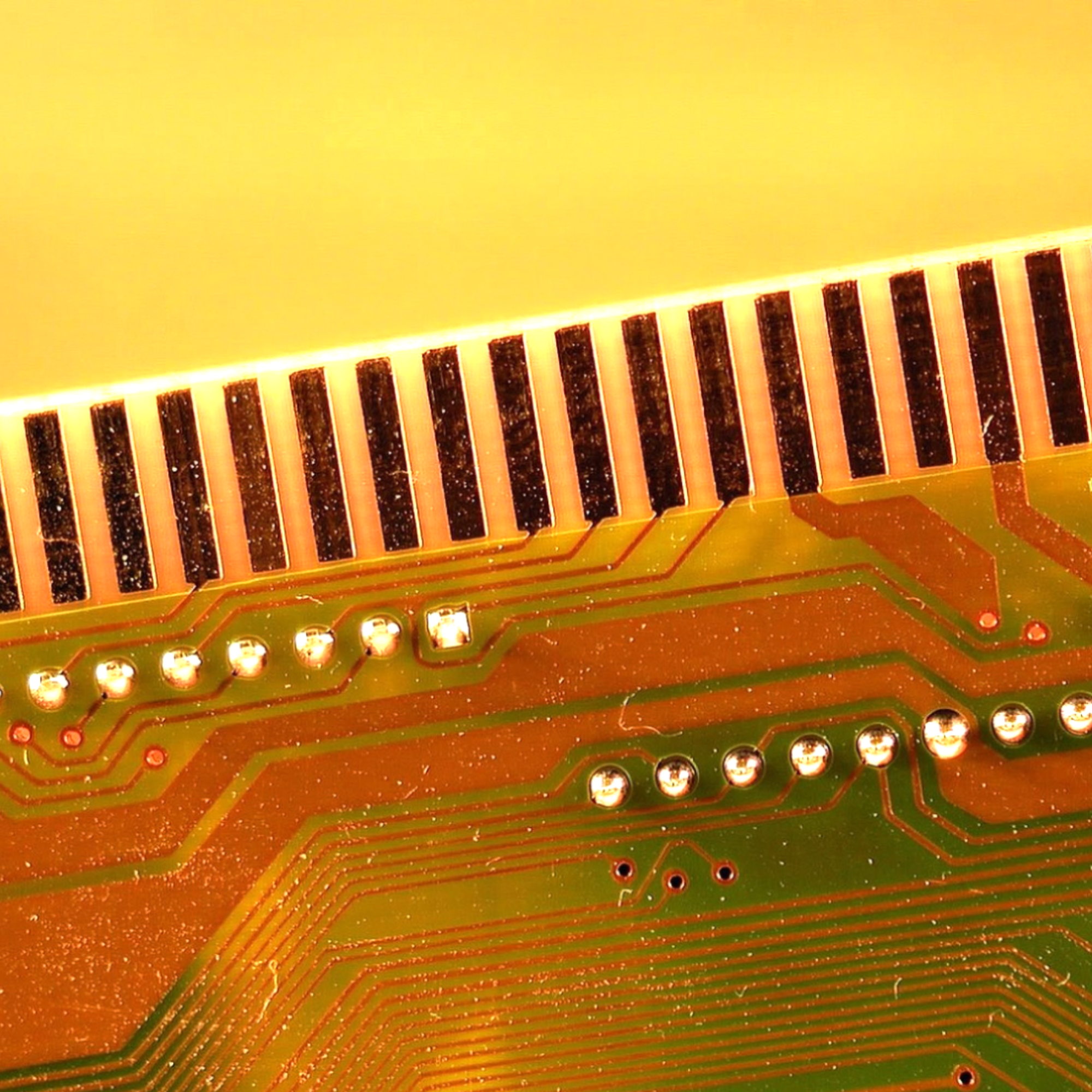 | Dec 28, 2023 |
|
| 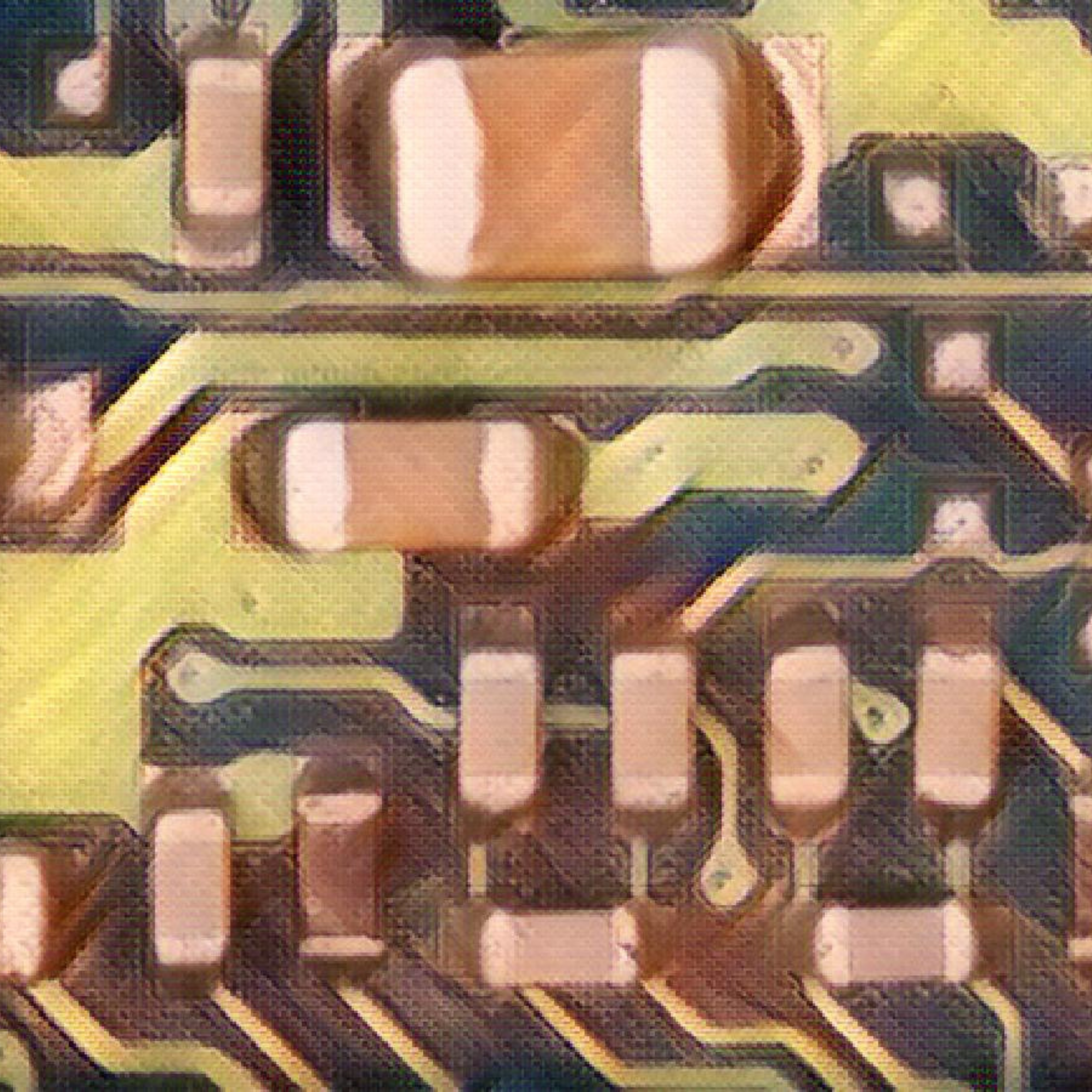 | Dec 29, 2023 |
|
|  | Dec 18, 2023 |
|
|  | Sep 26, 2022 |
|
|  | Jul 20, 2023 |
|
|  | Jun 29, 2023 |
|
| 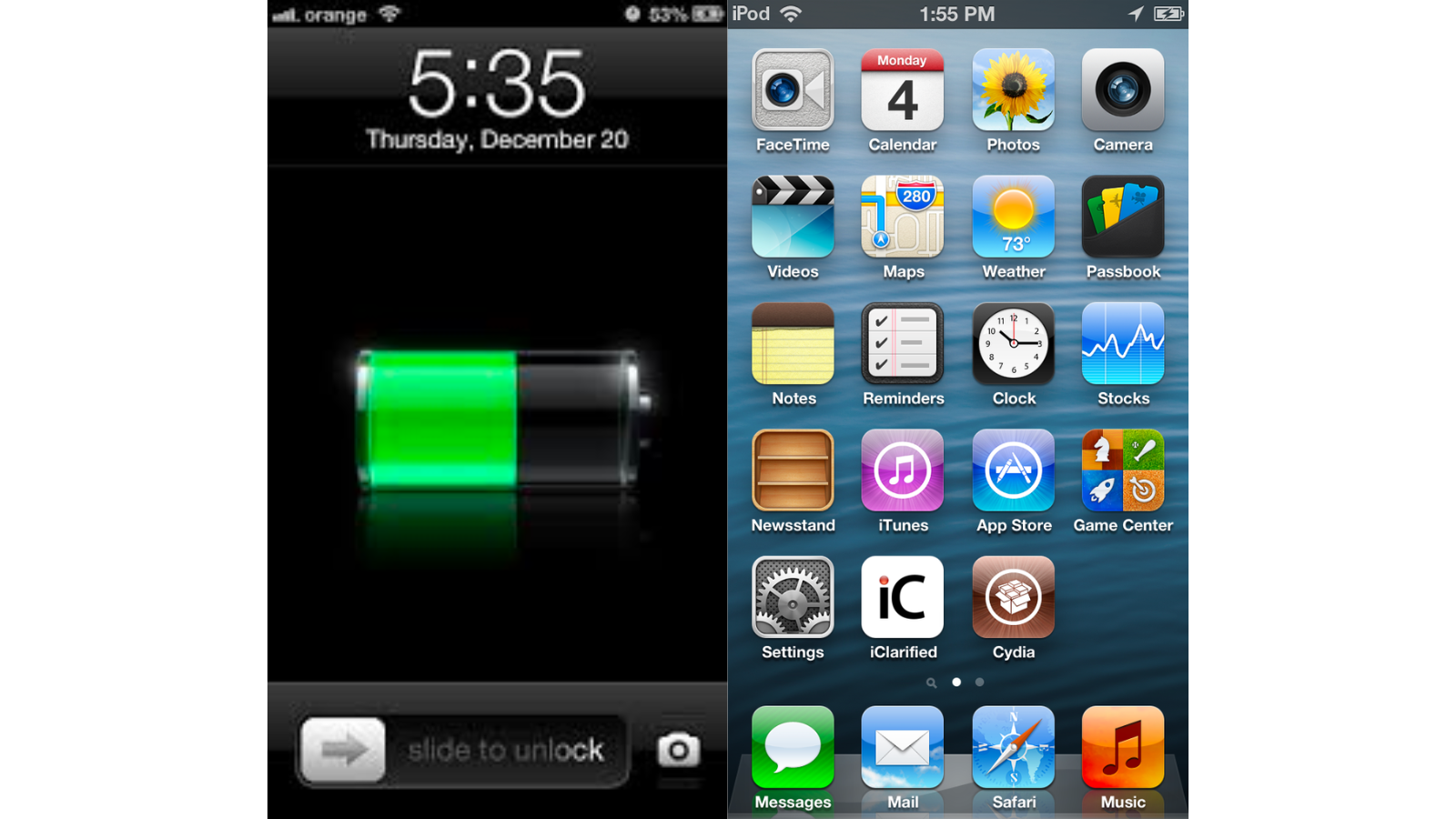 | Mar 17, 2023 |
|
| 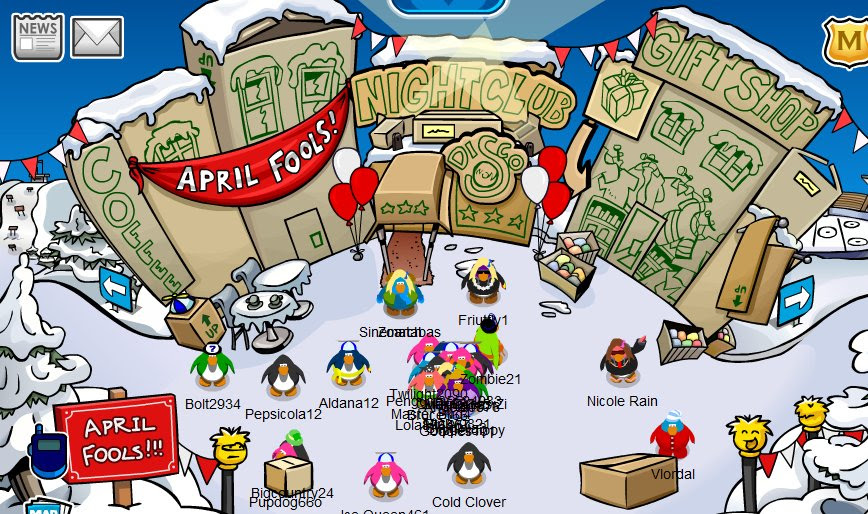 | Feb 23, 2023 |
|
| 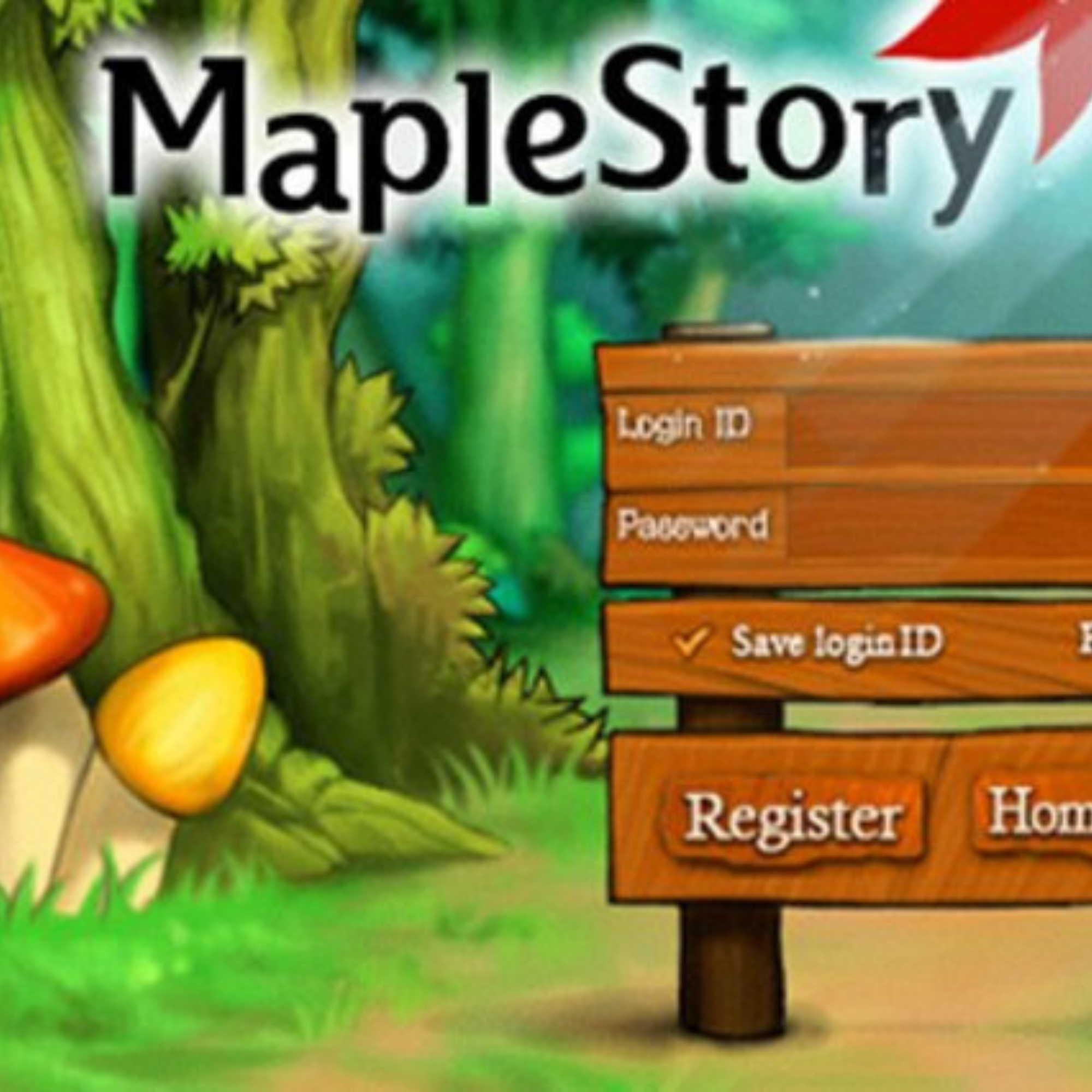 | Jan 13, 2023 |
|
|  | Jan 24, 2024 |
|











